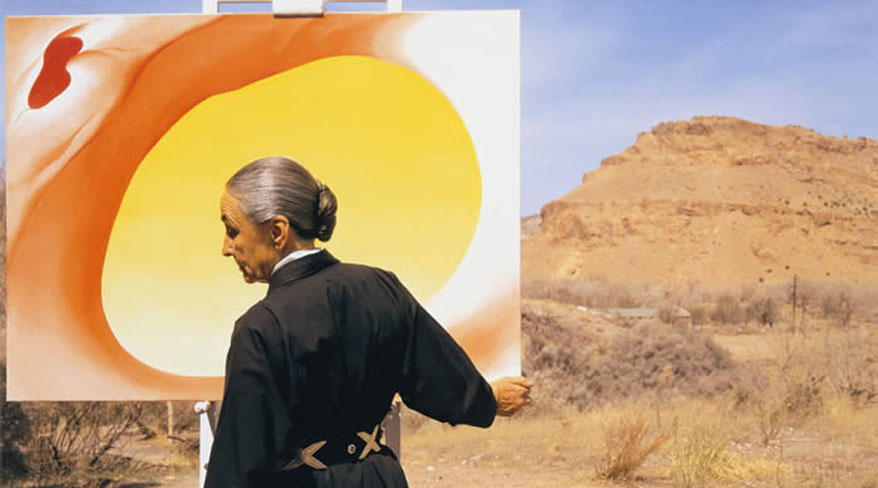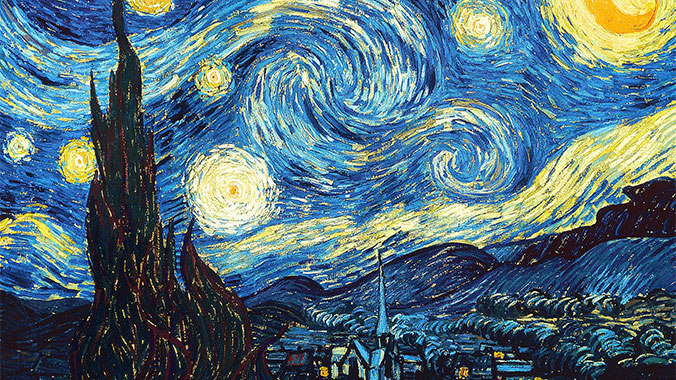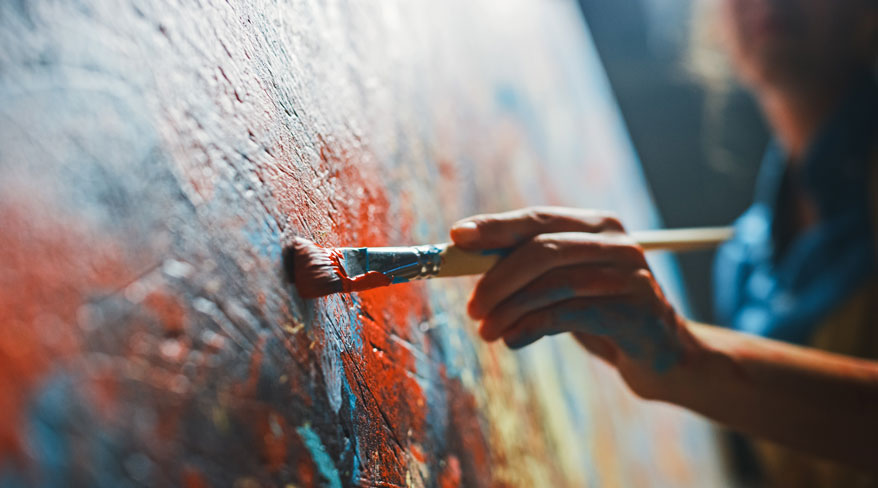Learn About the World’s Greatest Artists
In honor of American Artist Appreciation Month, celebrate artists and the incredible work they do through our lecture series that takes a closer look at their lives and how their work evokes strong feelings that tap into the heart of humanity. Here, we explore artists who are American, some who are appreciated by Americans and others who influenced our country's art movements.
From Georgia O'Keeffe and Alfred Stieglitz to Jackson Pollock, America has been home to many extraordinary artists throughout history. But did you know O’Keeffe was instrumental in changing the course of American modernist art? There are so many fascinating stories about the famous artists throughout the world who mentored and inspired with their masterful works. Here’s a museum-like glimpse at six of the world’s great artists. They speak volumes about the fact that paintings aren’t just beautiful to look at, but evoke an appreciation of all humanity:

Georgia O'Keeffe and Alfred Stieglitz
At the apex of Early American Modernism are O'Keeffe, an artist whose career spanned seven decades and Stieglitz, a pioneering gallerist and innovative photographer. Their wedding in December of 1924 cemented the careers of these brilliant artists. Find out how they met, fell in love and left a profound legacy on American art in our Online Lecture: Artistic Pairings — O’Keeffe & Stieglitz.

Vincent van Gogh and Paul Gauguin:
Did you know there are few connections in art history as legendary as theirs? In their brief friendship, the pair influenced each other’s work and made lasting impressions on each other’s lives. For 63 days in 1888, they lived together in Arles and documented that stay with paintings that reveal the intensity between them. When the French Post-Impressionist Gauguin left Arles, it brought Dutch artist van Gogh to despair. Discover how events such as these changed the course of art history. Learn more at our online lecture, “Artistic Pairings — Van Gogh & Gauguin.”

Claude Monet and Camille Pissarro:
Camille Pissarro, is the Danish-French painter known as the “Father of Impressionism.” He was widely considered a paternal figure to many artists including Claude Monet, perhaps most famous for his Garden in Giverny, a water garden where you will find the famous Japanese bridge covered with wisterias, other smaller bridges, weeping willows, a bamboo wood and above all the famous nympheas which bloom all summer long. Both were as essential to Impressionism as the paint tube. How did the craze for Japanese art and the modernization of Paris impact their work? Delve into a close examination of some of their masterpieces to explore a massive advancement in late-19th century French art through our online lecture, “Artistic Pairings: Monet-Pissarro.”

Jackson Pollock and Mark Rothko
Jackson Pollock and Mark Rothko are often connected for being alike, and in other ways so different. Pollock was an American painter and major figure in the abstract expressionist movement. He was widely noticed for his "drip technique" of pouring or splashing liquid household paint onto a horizontal surface, enabling him to view and paint his canvases from all angles. Pollock promoted a kind of art where the very act of its making was the art, naturally pushing art further in abstraction. Rothko, an American abstract artist of the mid-20th century, hoped his canvases would poke at our inner archetypal selves, eliciting cathartic experiences —ones needed even more before, during and just after World War Two. Unpack how their passion for art and psychology cemented their legacies together at our online lecture, “Artistic Pairings — Pollock & Rothko.”
During American Artist Appreciation Month our series explores some of the most intriguing of those pairings spanning a century of modern art from 1850 – 1950. Learn more about the great artists and their work, creativity, and expression through our online lectures.
Check out our Artist Appreciation booklist.
